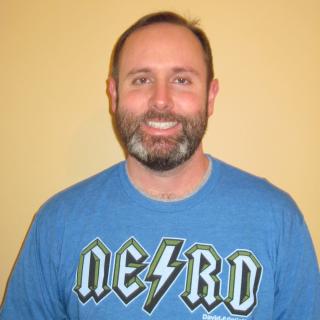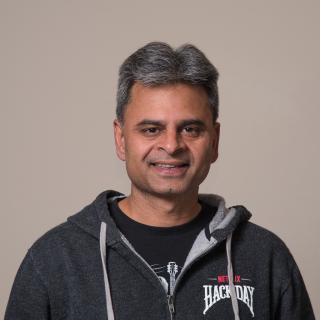Conference: Jun 26-28, 2017
Workshops: Jun 29-30, 2017
Presentation: Scheduling a Fuller House: Container Mgmt @Netflix
Location:
- Salon A/B
Duration
Day of week:
- Tuesday
Level:
- Intermediate
Persona:
- DevOps Engineer
Key Takeaways
- Hear lessons building and implement a container scheduling system.
- Gain insights from real world experience building and operating a container cloud
- Learn the challenges and solution of operating at scale and the things to consider before adopting or building a cluster management solution.
Abstract
Customers from over all over the world streamed Forty Two Billion hours of Netflix content last year. Various Netflix batch jobs and an increasing number of service applications use containers for their processing. In this talk Netflix will present a deep dive on the motivations and the technology powering container deployment on top of the AWS EC2 service. The talk will cover our approach to cloud resource management and scheduling with the open source Fenzo library, along with details on docker execution engine as a part of project Titus. As well, the talk will share some of the results so far, lessons learned, and end with a brief look at the developer experience for containers.
Interview
Similar Talks



Tracks
Monday, 13 June
-
Architectures You've Always Wondered About
Case studies from: Google, Linkedin, Alibaba, Twitter, and more...
-
Stream Processing @ Scale
Technologies and techniques to handle ever increasing data streams
-
Culture As Differentiator
Stories of companies and team for whom engineering culture is a differentiator - in delivering faster, in attracting better talent, and in making their businesses more successful.
-
Practical DevOps for Cloud Architectures
Real-world lessons and practices that enable the devops nirvana of operating what you build
-
Incredible Power of an Open-Sourced .NET
.NET is more than you may think. From Rx to C# 7 designed in the open, learn more about the power of open source .NET
-
Sponsored Solutions Track 1
Tuesday, 14 June
-
Better than Resilient: Antifragile
Failure is a constant in production systems, learn how to wield it to your advantage to build more robust systems.
-
Innovations in Java and the Java Ecosystem
Cutting Edge Java Innovations for the Real World
-
Modern CS in the Real World
Real-world Industry adoption of modern CS ideas
-
Containers: From Dev to Prod
Beyond the buzz and into the how and why of running containers in production
-
Security War Stories
Expert-level security track led by well known and respected leaders in the field
-
Sponsored Solutions Track 2
Wednesday, 15 June
-
Microservices and Monoliths
Practical lessons on services. Asks the question when and when to NOT go with Microservices?
-
Modern API Architecture - Tools, Methods, Tactics
API-based application development, and the tooling and techniques to support effectively working with APIs in the small or at scale. Using internal and external APIs
-
Commoditized Machine Learning
Barriers to entry for applied ML are lower than ever before, jumpstart your journey
-
Full Stack JavaScript
Browser, server, devices - JavaScript is everywhere
-
Optimizing Yourself
Keeping life in balance is always a challenge. Learning lifehacks
-
Sponsored Solutions Track 3









